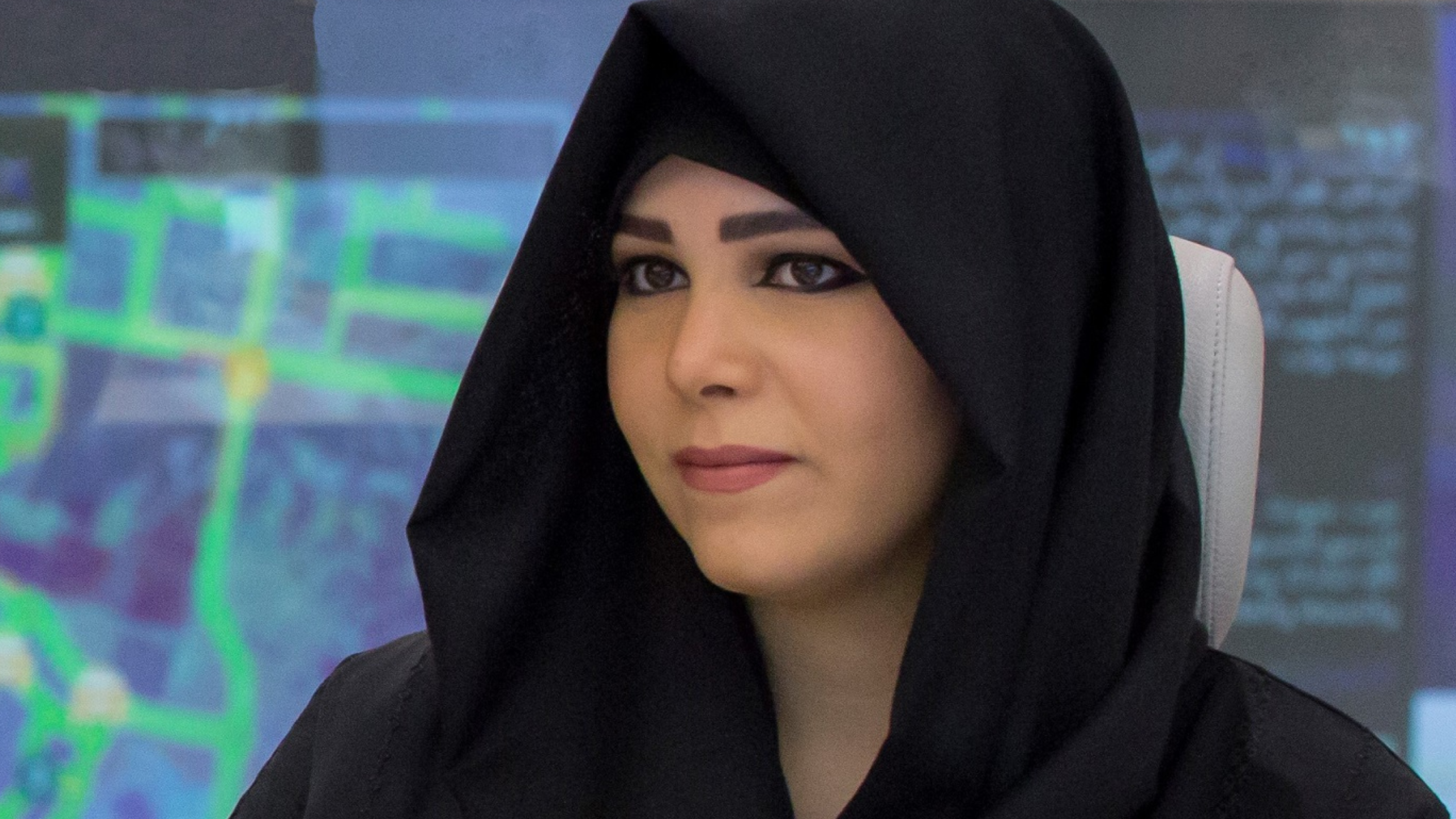ISRO’s EOS-09 Launch: India’s Space Leap

India is set to take a significant leap forward in space-based radar Earth observation as the Indian Space Research Organisation (ISRO) prepares to launch the EOS-09 satellite aboard the Polar Satellite Launch Vehicle (PSLV-C61). Scheduled for liftoff in the early morning hours of May 18, 2025, this milestone launch will further bolster India’s capabilities in all-weather, day-and-night Earth imaging. The mission is a part of ISRO’s broader strategy to enhance national monitoring infrastructure, meet civilian and defence objectives, and showcase responsible space practices.
The PSLV-C61 mission is the 63rd flight of the PSLV series and marks the 101st launch from India’s only operational spaceport at Sriharikota, located in Andhra Pradesh. The upcoming deployment of EOS-09 underscores ISRO’s expanding expertise in deploying sophisticated Earth observation satellites that serve both scientific and strategic purposes.
Countdown Underway: ISRO Prepares for May 18 Launch
The final countdown for the PSLV-C61 mission officially commenced at 7:59 am IST on May 17, 2025. The launch is slated for 5:59 am IST on May 18 from the first launch pad at the Satish Dhawan Space Centre in Sriharikota. This countdown phase includes critical technical checks such as rocket fuelling, trajectory analysis, satellite integration assessments, and weather condition reviews.
ISRO has indicated that while the launch schedule is planned with precision, last-minute alterations are possible based on real-time analysis of space debris and orbital traffic. This proactive approach helps ensure safe launch conditions and optimal trajectory planning, especially when deploying satellites into high-traffic orbits.
The early morning launch window is designed to facilitate ideal visibility and trajectory conditions required for the deployment of Earth observation satellites into sun-synchronous polar orbits.
EOS-09: India’s Advanced Radar Imaging Satellite
EOS-09, formerly known as RISAT, is a radar imaging satellite designed to operate under all weather conditions and during both day and night. Unlike conventional optical satellites, EOS-09 uses Synthetic Aperture Radar (SAR) technology that allows it to penetrate cloud cover and darkness, making it especially useful during monsoons, nighttime observations, and emergency response situations.
Weighing approximately 1,700 kilograms, EOS-09 is designed for a mission life of at least five years. Once launched, it will be placed in a Sun Synchronous Polar Orbit (SSPO) at an altitude of 529 kilometers above Earth. This orbit allows the satellite to observe specific geographical locations at consistent solar angles, which is crucial for accurate imaging comparisons over time.
The satellite is expected to separate from the PSLV rocket around 18 minutes after liftoff, beginning its orbital mission of delivering high-resolution radar images for applications in agriculture, forestry, soil moisture analysis, water resources, infrastructure planning, and border surveillance.
Focus on Responsible Space Practices and De-orbiting
One of the defining features of the PSLV-C61 mission is its emphasis on post-mission disposal and space sustainability. ISRO has adopted comprehensive measures to ensure that both the PSLV upper stage and the EOS-09 satellite will not contribute to long-term space debris.
After successful satellite deployment, the PSLV’s upper stage will activate its onboard orbit change thrusters to reduce its altitude and eventually re-enter Earth’s atmosphere in a controlled manner, where it will disintegrate safely.
EOS-09 is also equipped with excess fuel reserves to support end-of-life de-orbiting. This feature reflects ISRO’s growing alignment with international best practices for space debris mitigation and environmental responsibility in orbit.
These de-orbiting procedures are vital, especially given the increasing congestion in Low Earth Orbit (LEO), and demonstrate India’s leadership in responsible space exploration.
EOS-09 Launch Unrelated to Recent Geopolitical Developments
The launch of EOS-09 comes amid a time of evolving regional and global geopolitics, but ISRO has emphasized that the timing is purely coincidental and unrelated to any external political events. The integration and fabrication of both the PSLV-C61 launch vehicle and the EOS-09 satellite were completed months in advance, with assembly finalized by March 2025.
This clarity is important, as Earth observation satellites, particularly radar-based platforms, can also serve security and surveillance functions. However, ISRO’s position remains that the mission was long scheduled and part of India’s continuing development in satellite-based infrastructure and scientific capability.
ISRO’s scheduling is primarily driven by technical readiness and orbital availability, not by geopolitical motives. This reiterates the organization’s commitment to science-driven progress.
Cross-Ministerial Collaboration and Strategic Utility
India’s space missions often involve close collaboration between ISRO and various government ministries. While ISRO is responsible for engineering, integrating, and launching satellites, funding and usage mandates are typically provided by user ministries.
For example, a radar satellite like EOS-09 may serve the Ministry of Defence, Ministry of Agriculture, Ministry of Home Affairs, or Ministry of Earth Sciences—depending on its imaging scope. These inter-ministerial collaborations help ensure that India’s satellite infrastructure is tailored to meet the broad spectrum of national needs, including food security, disaster response, infrastructure monitoring, and coastal surveillance.
This coordinated framework optimizes investments and aligns satellite capabilities with critical developmental and security goals.
EOS-09 in the Context of India’s Earth Observation Programme
EOS-09 represents a continuation of India’s efforts to consolidate its Earth observation assets under a unified programme. Formerly known by designations like Cartosat and RISAT, ISRO’s Earth observation satellites now carry the EOS prefix to reflect a comprehensive, mission-specific identity.
The radar imaging capabilities of EOS-09 allow it to produce high-contrast black-and-white imagery that detects surface deformation, waterlogging, deforestation, urban sprawl, and even vehicular movement in remote or sensitive zones.
Given India’s vast and ecologically diverse geography, a satellite like EOS-09 can significantly improve mapping accuracy, track changes in forest cover, assess flood plains, and assist in water resource planning. In addition, it serves as a crucial asset in securing India’s 7,500 km coastline and 15,000 km of land borders.
Parliamentarians to Witness the Launch Firsthand
A group of 40 Indian parliamentarians will attend the launch at the Satish Dhawan Space Centre in Sriharikota. These lawmakers are part of the Parliamentary Standing Committee on Science and Technology, which is on a tour of key scientific institutions across Tamil Nadu and Andhra Pradesh.
Their presence not only underscores the increasing political engagement with India’s space programme but also fosters a deeper understanding of the country’s technological capabilities. Lawmakers witnessing the launch will gain valuable insights that may influence future space legislation, funding, and public-private collaborations.
This initiative also highlights ISRO’s growing transparency and efforts to involve stakeholders across governance levels in the country’s space journey.
Expanding India’s Operational Satellite Fleet
With the addition of EOS-09, India’s constellation of active satellites in orbit will rise to around 55. These satellites serve a variety of functions including telecommunications, navigation, weather forecasting, defence surveillance, and scientific research.
EOS-09’s unique capability lies in its synthetic aperture radar system, which adds to the diversity of imaging tools in India’s space arsenal. This allows for multi-spectral and multi-temporal observations crucial for informed decision-making in agriculture, mining, natural disaster prediction, and urban planning.
Such assets make India’s space programme increasingly self-reliant, data-rich, and capable of supporting both local governance and national policymaking.
The PSLV Legacy: India’s Most Reliable Rocket
Since its debut in 1993, the PSLV has become the workhorse of India’s space programme. Known for its versatility and precision, the PSLV has successfully deployed satellites into sun-synchronous, geosynchronous, and interplanetary orbits. It has also carried payloads for foreign clients, establishing India as a reliable commercial launch provider.
For the EOS-09 mission, ISRO is deploying the PSLV-XL variant, which includes six extended strap-on boosters that provide additional thrust during lift-off. This configuration is ideal for launching heavier payloads like radar imaging satellites into polar orbits.
The PSLV-C61 mission is yet another chapter in the legacy of a rocket that has carried lunar orbiters, Mars probes, and hundreds of Earth satellites into space, all while maintaining a high success rate and cost efficiency.
A Milestone for India’s Sustainable Space Vision
The upcoming launch of EOS-09 aboard PSLV-C61 reflects India’s commitment to using space technology for sustainable development, national security, and disaster resilience. As India expands its presence in Low Earth Orbit with powerful and purposeful missions, its global standing as a responsible space-faring nation continues to grow.
EOS-09 not only enhances India’s ability to monitor its vast landmass and coastal boundaries but also aligns with emerging global norms for satellite sustainability through planned de-orbiting and debris mitigation. The involvement of parliamentarians in the launch further illustrates the convergence of science, governance, and national interest in India’s space strategy.
As the countdown continues, the world watches another ISRO mission ready to soar—quiet in ascent, but profound in impact.








2 Comments
[…] precisely 5:59 a.m., ISRO’s Polar Satellite Launch Vehicle (PSLV) lifted off as scheduled, continuing its legacy as one of the most dependable rockets in the […]
[…] high-tech world of space exploration, precision and silence are often the norm. But during an Indian Space Research Organisation (ISRO) rocket launch, one familiar voice consistently breaks that silence with clarity, confidence, […]
Comments are closed.